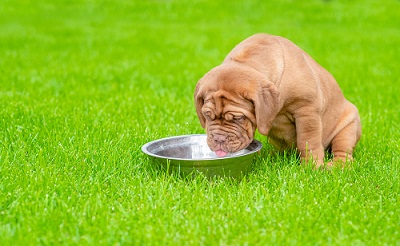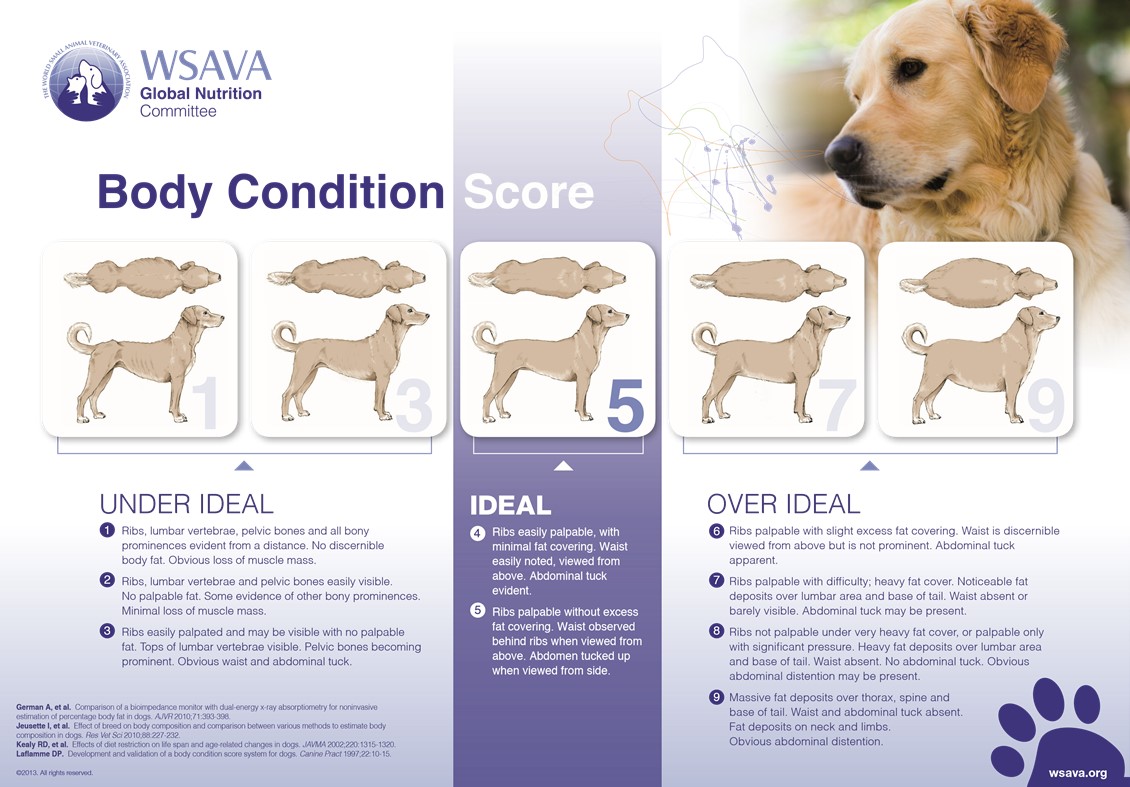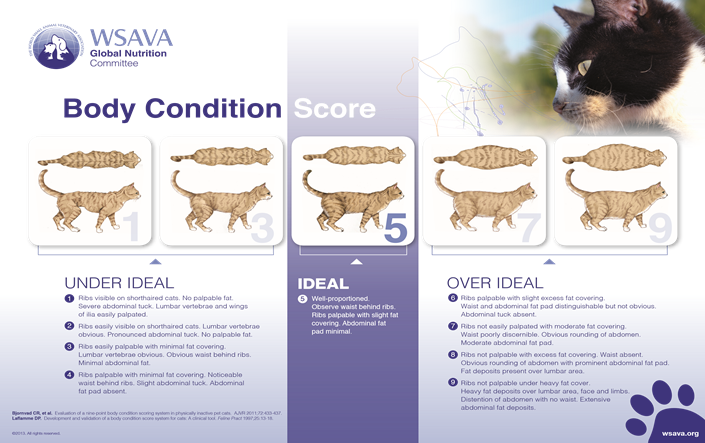Module 3
Module 3 provides an overview of water and feed considerations for all animals. It also describes special needs for sick, injured, pregnant or lactating animals.
In Module 2, you learned about the grading system for self-assesment/audit. You will use that knowledge in this module. Remember:
C = Requirements in code are met
NI = Requirements in the code are not completely fulfilled and need improvement
U = Conditions are bad to severe and unacceptable
NI = Requirements in the code are not completely fulfilled and need improvement
U = Conditions are bad to severe and unacceptable

Water
Water must be available to all animals with no competition for access. It must be potable, unfrozen and kept in clean containers. Snow cannot be the primary source of water.
Dehydration, thirst and abnormal behaviour (e.g., whining, lethargy) can occur when an animal does not receive enough water.
Water- Self Assessment
C = Water available freely, no level of thirst, clean containers.
NI = 12 to 24 hours interruption of water (e.g., due to cold weather), low level of thirst, some dishes dirty.
U = More than 24 hours interruption of water = severe thirst. No water available, extreme thirst.
NI = 12 to 24 hours interruption of water (e.g., due to cold weather), low level of thirst, some dishes dirty.
U = More than 24 hours interruption of water = severe thirst. No water available, extreme thirst.
Nutrition – Feed
The goal of a facility operator is to provide a diet that is consistent with the nutritional and caloric needs and health status of the animal. It is beneficial to the animal’s digestive system to stay on a consistent diet, however, some species of animals require a variety of foods to ensure mental wellness.
Nutrition – Age
Animals in various stages of life will require a diet that is consistent with their growth, development and activity:
- Young Animals - rapidly growing
- Adult Animals - active vs. sedentary lifestyle
- Senior Animals - possible health conditions
Nutrition – Lactation and Pregnancy
Feeding increased with higher calorie foods is necessary to maintain proper body condition.
Nutrition – Breed
Every breed and individual animal has unique nutritional needs. The breed of the animal may determine the age, it should transition from a puppy to adult to senior type diet.

Reference: The World Small Animal Veterinary Association - Global Nutrition Committee, Dog Body Condition Score.

Reference: The World Small Animal Veterinary Association - Global Nutrition Committee, Cat Body Condition Score.
Nutrition - Self Assessment
Nutrition - Self Assessment
C = Appropriate body condition, no hunger.
NI = Mid-level body condition, low-level hunger or slowly decreasing body condition, moderate hunger.
U = Majority of animals displaying low body condition, extreme hunger.
NI = Mid-level body condition, low-level hunger or slowly decreasing body condition, moderate hunger.
U = Majority of animals displaying low body condition, extreme hunger.
Factors that Influence Nutrition - Original Condition
Operators or owners of animals that come into a facility in a compromised condition should consult with a veterinarian to determine a feeding/hydration regime that will improve the health of the animal. E.g., sick, severely underweight, obese.
Feed Storage
Food must be stored in containers that are properly covered and wildlife-proof. Keep food dishes, utensils and containers clean in a protected area that is cool and dry. Store all food, properly labeled, in a clean environment.
Feed Storage - Self Assessment
C = Food is stored in a cool area, in clean, covered, wildlife-proof containers that are clearly marked. No contamination.
NI = Containers are not properly covered and there is evidence of mild fecal contamination.
U = Containers are not covered, there is moderate to excessive fecal contamination from nuisance wildlife.
NI = Containers are not properly covered and there is evidence of mild fecal contamination.
U = Containers are not covered, there is moderate to excessive fecal contamination from nuisance wildlife.
Key Messages
- Clean potable water is important to an animal’s health, well-being and mental state.
- Animals need to be fed enough good quality feed to satisfy their individual needs.
- The nutritional needs of newborns, juveniles and mature animals will be different.
- Learn to use body condition as a method to monitor feed intake.
Contact
For more information, please contact the Animal Care Line, or call 204-945-8000 (in Winnipeg);1-888-945-8001 (toll-free).
